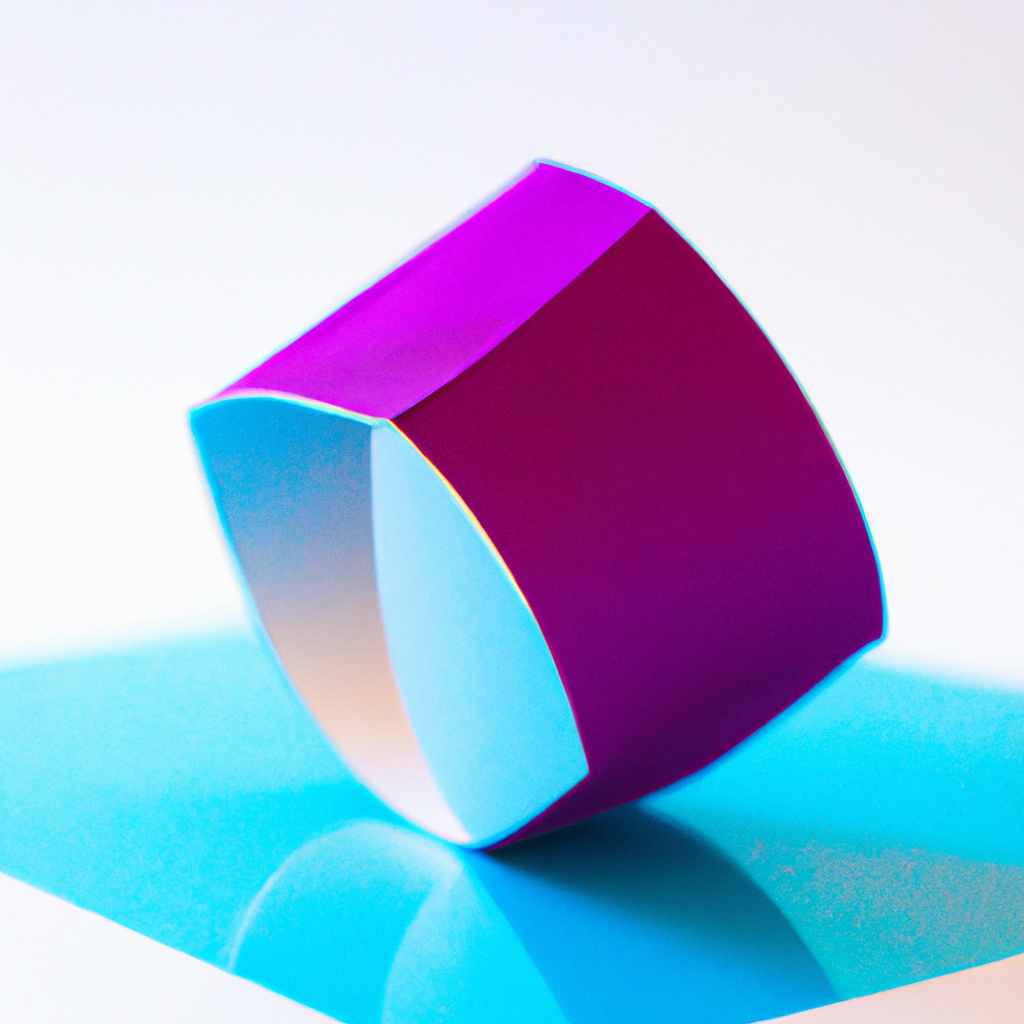
Embracing the Negative: The Art of Negative Space in Graphic Design
The Void Canvas: My Initial Meeting with Negative Space
As I set foot on the captivating journey of graphic design, I found myself drawn to an intriguing element – Negative Space. This design principle, often overlooked, became a silent yet fundamental player in my graphic endeavors.
Open Spaces: The Importance of Negative Space
How does the “empty” negative space contribute to the fullness of a design? Let me break down its significance:
- Crisp Composition: Negative space brings clarity and declutters our designs, offering breathing room to the viewer.
- Focus Highlight: It subtly draws attention towards the primary elements, amplifying the focus.
- Unexpected Creativity: When put to good use, negative space can lead to innovative and surprise elements in design.
Navigating the Void: Tips for Using Negative Space
Managing negative space is indeed a delicate balancing act. Here are a few tips I’ve found invaluable:
- Go Minimal: A minimal design gives you more room to play with negative space productively.
- Be Purposeful: Don’t scatter elements randomly. Using negative space effectively requires intentionality.
- Double Take: Tap into the magic of double imagery using negative space. It adds a layer of intrigue.
Inside the Void: Recognizing Negative Space
Negative space shapes some of the most recognizable designs. Consider the iconic FedEx logo with its arrow hidden in the negative space between ‘E’ and ‘x’, or the World Wildlife Fund’s panda formed mostly from negative space.
Treading the Void: My Journey with Negative Space
Growing comfortable with negative space was a defining aspect of my design maturation. It allowed me to experiment and innovate beyond the constraints of positive elements, pushing the boundaries of creativity.
To my fellow artists bound by creativity, let’s fearlessly dive into the vast expanse of negative space. Let it be our canvas of innovation – the silence that shouts our creativeness. Harness the void, and let your designs speak the unspoken brilliance. Here’s to designs that craft stories, not just images. Happy designing!